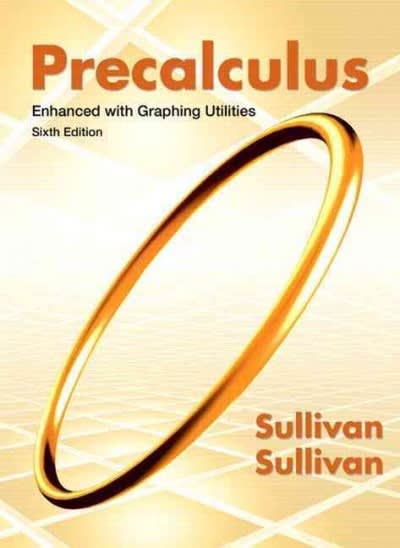Answered step by step
Verified Expert Solution
Question
1 Approved Answer
Dear Sir or Madam, I am trying to work out the below problem to see how P(A) arrived at 1/2, P(B) arrived at 2/3 and
Dear Sir or Madam,
I am trying to work out the below problem to see how P(A) arrived at 1/2, P(B) arrived at 2/3 and P(A n B) at 1/3. I reviewed and following the previous examples, but this one seem to be a little more complex.


Step by Step Solution
There are 3 Steps involved in it
Step: 1

Get Instant Access to Expert-Tailored Solutions
See step-by-step solutions with expert insights and AI powered tools for academic success
Step: 2

Step: 3

Ace Your Homework with AI
Get the answers you need in no time with our AI-driven, step-by-step assistance
Get Started


